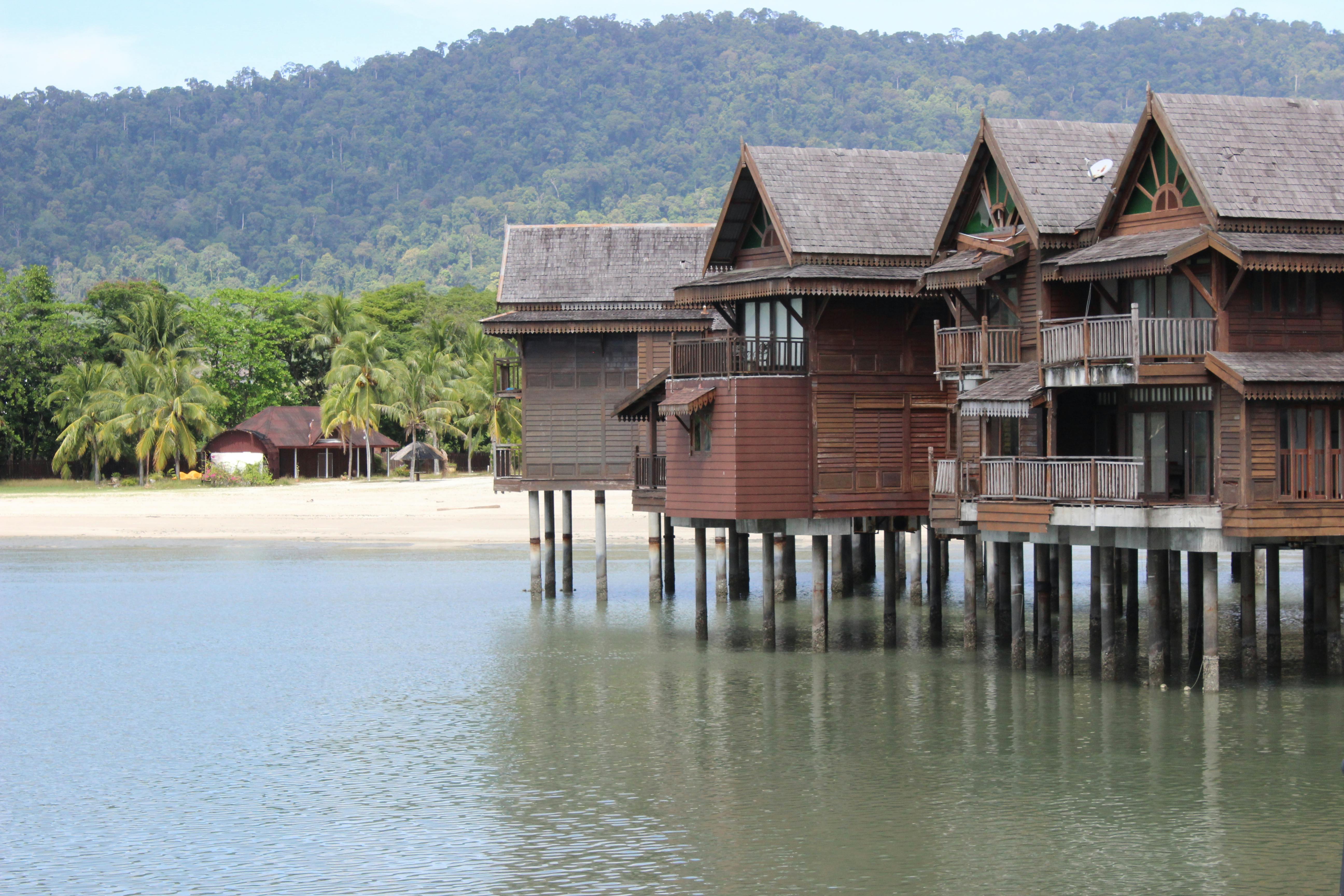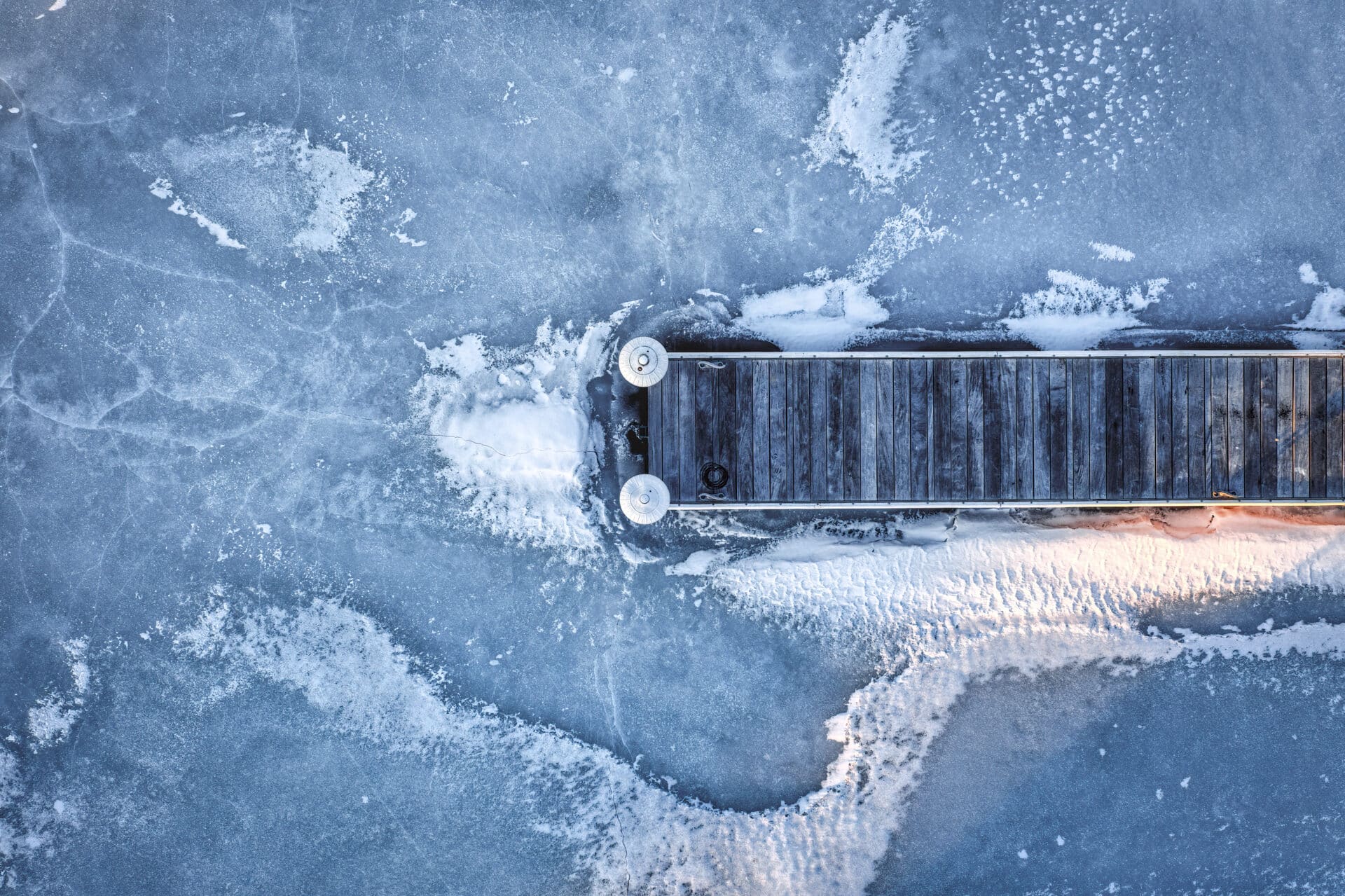A water distiller is a device which is used to purify water by removing impurities, contaminants and dissolved solids. It works by boiling the water, collecting the steam and condensing it back into liquid form. The process of distillation eliminates bacteria, viruses, heavy metals, salts and other substances from the water. This makes it safe for drinking as well as for other uses such as cooking, showering and laundry. It is a simple yet effective way to ensure that your family has access to clean and safe drinking water.A water distiller is a device that is used to purify water by removing any contaminants and impurities through the process of distillation. The process involves boiling the water, which then evaporates, leaving behind any sediment or bacteria. The steam created is then condensed into clean, pure water that can be safely consumed.
What is Water Distillation?
Water distillation is a process of purifying water by removing contaminants and impurities from it. The process involves heating water to its boiling point, evaporating it, and then condensing the vapor back into liquid form. This process of purification can be used to create potable water from contaminated sources, as well as for other applications such as industrial water purification and laboratory experiments.
How Does Water Distillation Work?
Water distillation works by boiling the water in a vessel or container that is sealed off from the atmosphere. When the water reaches its boiling point, the steam produced rises up through a tube and passes through a cooling chamber where it condenses back into liquid form. The cooled liquid drips down into a collection vessel where it can be stored or used for further processing. Impurities and contaminants remain in the original container and are not carried over in the condensed liquid. This process of purification can also be used to produce sterile water for medical purposes or clean drinking water for consumption.
The Benefits of Using a Water Distiller
Using a water distiller to purify your drinking water is becoming increasingly popular. A water distiller is an efficient and cost-effective way to ensure that your drinking water is free of contaminants and safe to drink. There are many benefits to using a water distiller, including improved health, reduced plastic waste, and cost savings.
Improved Health
One of the most important benefits of using a water distiller is improved health. The process of distillation removes contaminants such as lead, arsenic, chlorine, and bacteria from the water. This means that you can be sure that the water you are drinking is free from harmful substances that could make you sick.
Reduced Plastic Waste
Another benefit of using a water distiller is that it helps reduce plastic waste. By distilling your own water at home, you won’t need to purchase bottled water in order to stay hydrated. This means less plastic waste in landfills or oceans, which is beneficial for our environment.
Cost Savings
Finally, using a water distiller can help save money in the long run. The cost of purchasing bottled water can add up quickly over time and be quite expensive. With a water distiller, however, you can save money by making your own purified drinking at home without having to spend money on bottled options.
What Types of Water Distillers Are Available?
Water distillers come in two basic types: countertop and under-the-counter. Countertop water distillers are more affordable and easier to install, but they can take up valuable counter space. Under-the-counter water distillers are more expensive and require professional installation, but they offer the advantage of being out of sight and freeing up valuable counter space.
Countertop water distillers can be either single or multiple column models. Single column models have one column that holds the boiling chamber, condenser, and collection container in one unit. Multiple column models have separate columns for each component, which allows for more efficient operation.
Under-the-counter water distillers come in two varieties: point of use (POU) and whole house (WHD). Point of use systems are connected directly to the kitchen faucet and are designed to provide a limited amount of distilled water on demand. Whole house systems are connected directly to the home’s main water supply line and provide an unlimited supply of distilled water at all the fixtures throughout the home.
Some water distiller models also offer additional features such as carbon filters, reverse osmosis membranes, UV light sterilizers, mineral cartridges, ozone generators, and other options that can further improve the quality and taste of your drinking water.
No matter what type of water distiller you choose, make sure it meets NSF International standards for safety and performance to ensure you get the highest quality product for your home or office.
Using a Water Distiller
A water distiller is a device that utilizes heat to turn water into steam and then condenses the steam back into liquid. This process removes impurities such as minerals, chemicals, and other contaminants. Distilled water is often used in laboratories and medical facilities, but it can also be beneficial for everyday use. Here are the steps for using a water distiller:
1. Fill the reservoir with tap or filtered water – Make sure that you are using clean water to avoid contamination. If you are using tap water, make sure to use a filter first to remove any large particles.
2. Secure the lid on the reservoir – Make sure that it is properly sealed so that steam does not escape during the distillation process.
3. Plug in the distiller and turn it on – Most distillers come with an indicator light or other display to show when it is operational.
4. Allow the unit time to process – Depending on your model of distiller, this may take anywhere from 30 minutes to several hours.
5. Collect your distilled water in a clean container – Be sure to use a container that is free of contaminants or odors as this may affect the taste of your distilled water.
6. Discard any remaining liquid in the reservoir – This liquid should not be consumed as it contains impurities that have been removed during the distillation process.
By following these steps, you can easily use a water distiller to create clean, pure drinking water at home!

Advantages of Owning a Water Distiller
One of the most important benefits of owning a water distiller is that it can provide you with clean and safe drinking water. This can be especially beneficial if you live in an area where the water supply is not as clean or safe as it should be. With a water distiller, you can filter out impurities and contaminants from your drinking water, ensuring that the water you consume is free from dangerous bacteria and other contaminants.
Another benefit of owning a water distiller is that it can reduce costs associated with purchasing bottled water. By using a distiller, you can save money by filling up your own reusable bottles with distilled water instead of having to buy bottled water every time. Additionally, many models come with built-in filtration systems to further purify the distilled water before it even reaches your glass or bottle.
Furthermore, owning a water distiller can help to reduce waste and help conserve resources. Instead of having to purchase multiple plastic bottles each week for drinking purposes, you can fill up one reusable bottle with freshly-distilled, purified water each day. This will not only save you money, but will also help to reduce plastic waste and conserve natural resources such as oil and gas which are used in the production of plastic bottles.
Finally, owning a water distiller can provide peace of mind knowing that you are consuming clean, healthy drinking water on a regular basis. Many models come with advanced filtration systems which allow for more thorough purification than standard filtering systems do, providing an extra layer of safety for your family’s drinking needs.
Regular Cleaning of Water Distiller
It is important to regularly clean your water distiller to keep it running in top condition. To begin, it is important to unplug the unit from the wall socket and remove any minerals or residue that may have built up on the surface of the unit. This can be done by wiping down the surface with a soft damp cloth or sponge. Once this is done, make sure to rinse off any residue with warm water.
Replacing Filters
It is also important to replace any filters that may be worn out or need replacing. Depending on your model, this may require removing the filter holder and replacing the filter with a new one. Make sure to check your manual for instructions on how to properly replace any filters that need replacing.
Checking Water Levels
It is also important to check the water levels in your water distiller periodically. Make sure that there is enough fresh water in the distiller’s reservoir so that all of the minerals are being processed properly. If you notice that there is not enough water, you should add more until it reaches an appropriate level.
Maintenance and Care for Your Water Distiller
In order to ensure optimal performance of your water distiller, it is important to keep up with regular maintenance and care. This includes regularly checking and cleaning filters, making sure that all components are in good working order, and ensuring that there is enough fresh water in the reservoir at all times. Taking these steps will help ensure your water distiller continues running efficiently for years to come.
How to Choose the Right Water Distiller
Choosing the right water distiller can be a difficult task. There are many different types of water distillers on the market today, and each offers its own set of advantages and disadvantages. To help you make an informed decision when choosing a water distiller, here are some tips to consider.
The first thing to consider when selecting a water distiller is its size. A larger unit may be more efficient, but it will also take up more space and may be more expensive. Consider how much space you have available and how much distilled water you need on a regular basis before selecting a unit.
You should also think about the type of water distiller you want to purchase. Many models offer both countertop and under-the-counter options, so it is important to think about where you plan to store it and if it will fit in your space. Additionally, some models offer reverse osmosis filtration or ultraviolet light filtration for additional purification.
It is also important to consider the power required by your water distiller. Some units require high wattage to operate, while others can be used with lower wattages. The higher wattage units may be more efficient, but they will also cost more in electricity bills over time.
Finally, consider the price of the unit as well as any maintenance costs associated with it. Some models require frequent filter replacements or servicing, which can add up over time. Make sure you factor these costs into your budget before making a purchase.

Conclusion
A water distiller is a great choice for anyone who wants to make sure they have access to clean and healthy drinking water. It is an easy to use and cost-effective way to make sure that your family has a reliable source of clean, pure water. It can also be used as a way to reduce plastic waste and help conserve our planet’s resources. With its many advantages, the water distiller is an excellent choice to help keep your family safe and healthy.
Ultimately, the decision of whether or not to purchase a water distiller will depend on the individual’s needs and preferences. However, for those who are looking for an affordable, convenient, and effective way to ensure their family has access to safe drinking water, the water distiller is an excellent option.

